Choosing a copywriting style – 12 archetypes
What is the best slogan? Should my blog post be humorous? Which content creation style is the best for my company? Should we be sharing funny memes or serious scientific news on Facebook? When laying the groundwork for strategic content creation, these questions can often stump even experienced marketers. Establishing the values of your brand can help you find the answers.
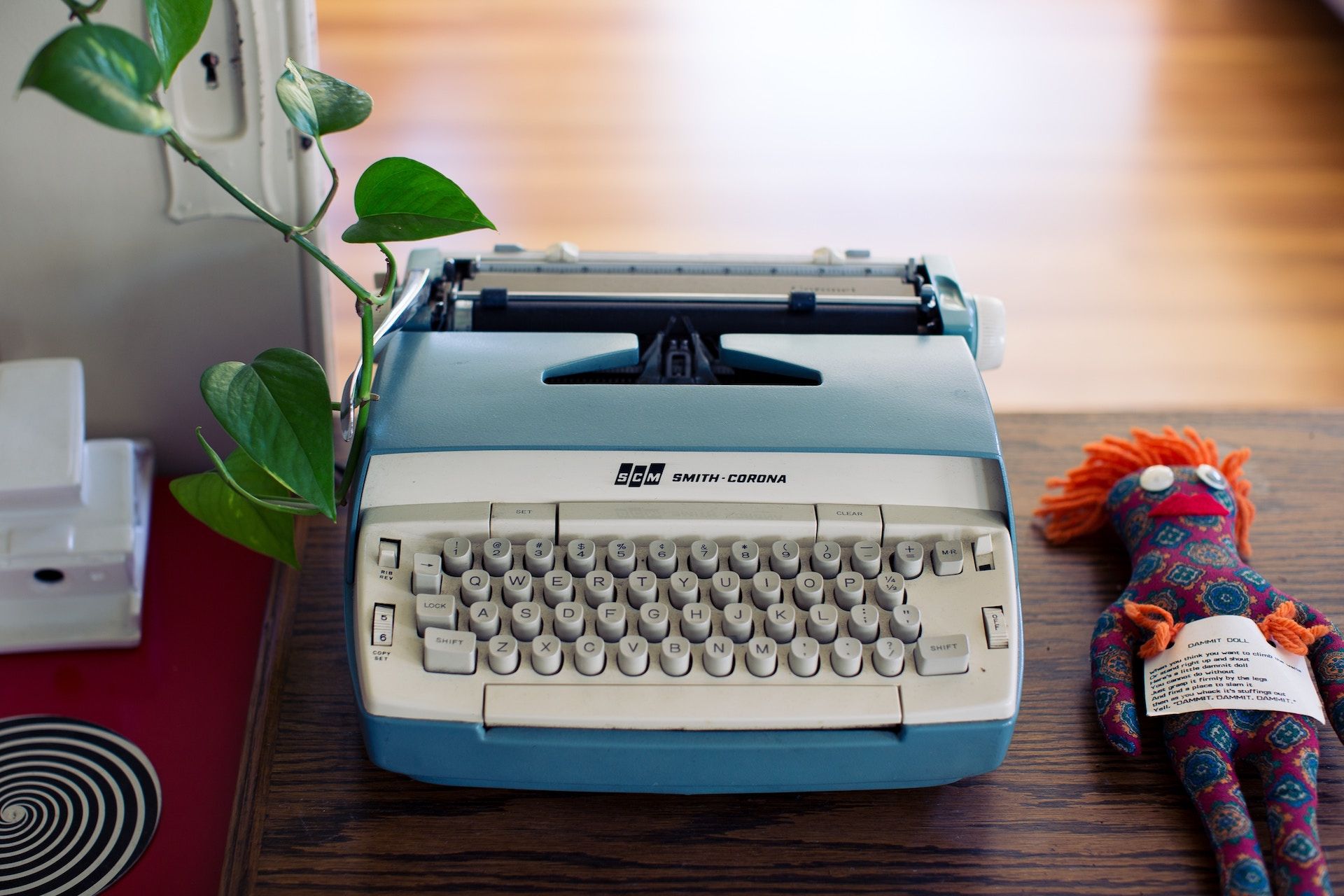
What is a brand?
A brand is a unique image that reflects a company’s core values as well as its customers’ wishes and expectations. Brands can actually be found behind every single enterprise, whether they are explicitly formulated or not. Large corporations, international companies and market leaders have strong brands, whose renown has been built on the love (and money) of their customers. But before achieving any sort of fame, these brand creators all asked the exact same questions about their brand name, logo, slogan, visual identity, communication style, advertising faces and colours. And the greatest success, of course, was found by brands whose image was crafted right from the get-go.
The archetypes method for defining brand values
One simple way to find inspiration or engage your team in discussion on the nature of your brand is using the archetypes method. Archetypes were first used by psychologist Carl Gustav Jung and have since been employed by cultural theorists, art critics, literary researchers, marketing semioticians, social scientists and marketing gurus time and time again.
What is an archetype?
An archetype is a universal concept or character that expresses fundamental ideas rooted in our subconscious about how the world works. Archetypal figures can be found in art, literature, films, design, TV shows and any other creative works. Archetypes can also be distinguished in people themselves: they manifest in our psychological types and in the way in which we interact with others. Archetypes help us create and understand everything related to culture, serving in many ways as an emotional and intellectual manifestation of being human. Archetypal characters can be broadly divided into four groups: traditionalist, innovator, individualist and collectivist.
Traditional brands
Traditional brands, which are sometimes also described as valuing order and maintaining control, are characterised by a fixed structure, comfort, stability and reliance on time-tested processes. Traditional brands cherish heritage, timeless values and the preservation of the status quo. This group contains the archetypes of the Caregiver, the Ruler and the Creator.
Brands that employ a traditional copywriting style tend to highlight natural origins, purity and human warmth in their marketing texts. Product images are often set in the outdoors or in a domestic environment. Brand values are expressed through stories passed down from generation to generation or talk of using granny’s proven recipes or secret ingredients from a hundred years ago. The customers of traditional brands value surety, stability, quality and reliability. Traditional brands are preferred by more conservative people and, once a brand has managed to win them over, they become highly loyal customers.
Traditional copywriting style: the Caregiver archetype
The Caregiver archetype is protective and compassionate. Brands of this archetype rely on the message that what they offer is good for the customer. Customers of Caregiver archetype brands are looking for security, support and recognition for making a good decision. Aggressive copywriting is unsuitable for Caregiver brands, while emotional messages work wonderfully.
Copywriting example: Mamma
Convenience food producer Mamma states on its website that the company’s mission is to make people’s lives easier by offering them good food made from pure raw materials. Mamma’s Caregiver archetype is most evident in the soups they produce, for example, the chicken soup, which is also recommended to help fight off a cold. Additionally, the product photos for Mamma’s soups are staged as if your caring grandmother herself has set the table.
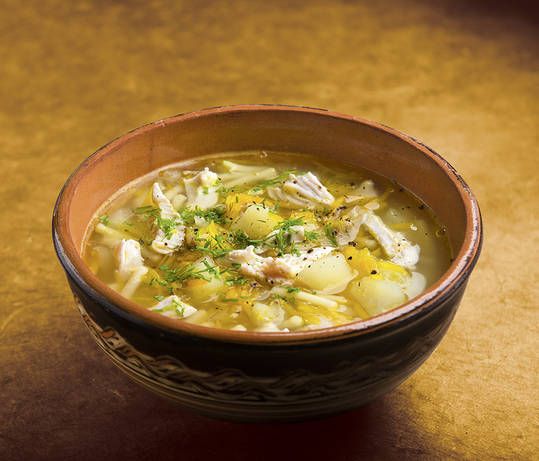
Copywriting example: Alma
Another excellent example of the use of the Caregiver archetype in copywriting is the Alma milk brand, whose marketing message is chock-full of caregiving: “Alma local products made from pure milk are produced with true love. Alma dairy cows receive gentle care and Alma employees, who turn the milk into healthy products, work with great dedication, wishing to offer you taste experiences that make your day special. Pure milk, pure thoughts for a fulfilling life!“
Copywriting example: Saku Läte
Saku Läte’s slogan ”Drinking water that cares”, brand values and marketing activities also reflect the Caregiver archetype. Saku Läte donates a portion of its profits from its coffee bean sales to the Estonian Cancer Society. Launching charity campaigns and participating in educational initiatives is a common marketing method among brands founded on the Caregiver archetype.
Traditional copywriting style: the Ruler archetype
The Ruler archetype is characterised by a desire for power and control. A good ruler is confident, responsible and just, while a bad ruler is rigid, controlling and self-righteous. Customers of Ruler archetype brands are dominant people, who tend not to tolerate a patronising copywriting style or being talked down to. Such brands should use copywriting that reinforces the customer’s sense of power and stability. The copywriting style of Ruler archetype brands is commonly authoritative to indicate that the company is a market leader. The brand image is strong, respectable and often highly masculine.
Copywriting example: Elisa
Elisa’s Estonian branch have designed their brand with both customers and employees in mind. In both approaches, the Ruler archetype is evident. In customer communications, Elisa Estonia lists their values, the areas in which they are a market leader, and ambitions for growth. Elisa as an employer also reflects the Ruler archetype in Estonia by reinforcing the sense of power and responsibility of potential employees: “Here, the sparkle in your eyes and your personal energy can reign free. Elisa may be a large organisation here in Estonia with fixed jobs and positions and clear goals, but we allow you to follow your own schedule and work the way you want. At Elisa, you are the one who gets to decide what your days are like.” Here are the corresponding Finnish company’s English language websites: About Us and Careers.
Copywriting example: Uus Maa
Another representative of the Ruler archetype is Uus Maa Real Estate Bureau, which describes its employees as winners and itself as a market leader, while offering franchise agreements in various regions of Estonia. The Ruler archetype is also communicated through the company’s slogan “25 years of trust”, description and choice of corporate colours.
Traditional copywriting style: the Creator archetype
Creator archetype brands are driven by the desire to create original, outstanding and enduring products. The customers of such brands tend to avoid advertisements, but are moved by experimental, edgy and novel marketing language. Customers of Creator archetype brands are hard to impress, but those that do succeed in getting through to them are rewarded with the support of a devoted and extremely loyal customer base. Such brands promise customers to help unleash their creativity.
Copywriting example: Big Green Egg
The copywriting of Big Green Egg grills emphasises tradition, while matching the Creator archetype: “Old wisdom, new technologies Enjoy the Big Green Egg® and open your world of culinary possibilities. Let your creativity run wild. But most of all, let life taste good.”
WOOLISH – another example of copywriting in the style of the Creator archetype
Woolish is an Estonian company employing the Creator archetype in their brand: “WOOLISH designers and product developers are the third and fourth generations of this family company, and their work is based on attention to detail, originality and a desire to offer a true WOOLISH experience. /…/ Everything is pure and simple – the patterns, materials and products are unique, but Nordic in their functionality. WOOLISH offers a singular experience of simple and practical, yet truly special things.”
Big Green Egg
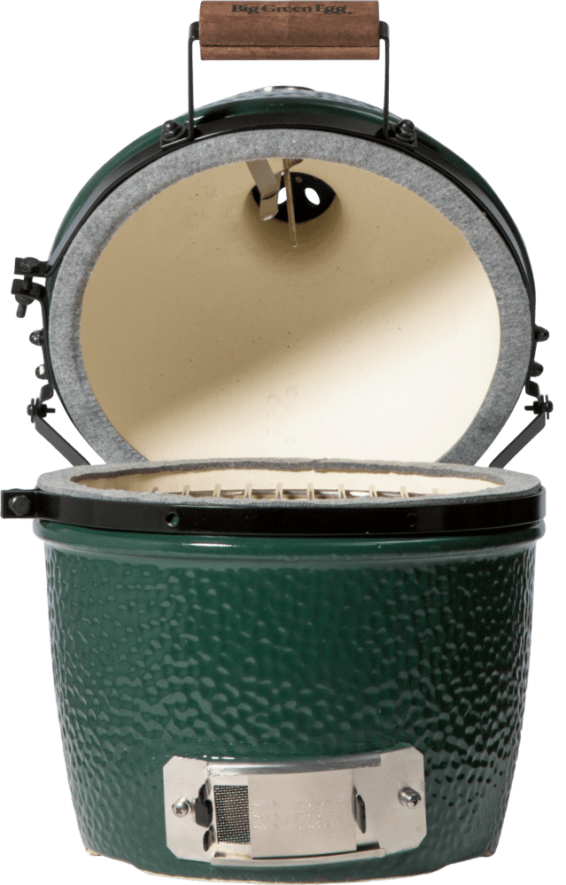
Innovative brands
Innovative brands eschew tradition and are characterised by the pursuit of freedom and the willingness to take risks. Such brands are also distinguished by a thirst for novel achievements and the quest to create a new world for future generations. Innovative brands look to the future and are quick to adopt new technological developments. This group contains the archetypes of the Rebel, the Hero and the Magician.
Innovative brands speak of new technologies, a changing world, revolutionary solutions, reshaped values and fantastic discoveries. Innovative brands are often created for start-ups and mobile apps, but are also chosen by many technological enterprises and creators of alternative brands.
Innovative brands seek customers who prefer new opportunities to the old and commonplace and wish to discover products or services that make life more convenient, cheaper, faster or more exciting. The customers of such brands want to be among the first to adopt innovations, and for that, they are also willing to take risks or pay more. Innovative brands use simple language to introduce novel solutions, to surprise us, captivate us and shock us, and to make the life of the daring better.
The customer of an innovative brand is daring, curious and wants to make their own choices, not let advertisements control their life. As a result, skilful innovative brand content creation employs a neutral style and carefully crafted messages, which leave the customer with room to think and offer the joy of discovery.
Innovative copywriting style: the Rebel archetype
Rebel archetype brands are spiritually free, exude courage and the dream of a revolution. The customers of such brands are drawn to the unconventional and cast all that is ordinary decidedly aside. They are best reached through unique or shocking content marketing without an obvious sales pitch. Brands use the Rebel archetype to position themselves as non-mainstream and to distinguish themselves from the masses. Such brands tend to generate cult followings.
TransferWise brand
A good example of the Rebel archetype in branding is Transferwise, whose slogans include “A digital banking revolution” and “The Transferwise revolution”. On their website, TransferWise states: “This isn’t just a job. We are a revolution. We are not a bank. Not even close. In fact, we’re pretty much the opposite. We’re flipping a gazillion dollar industry on its head. And we’re looking for revolutionaries.”
Copywriting example: NO99
Another example of a Rebel brand is Theatre NO99, whose About Us page reads as follows: “The nature of theatre, this naturally ephemeral and temporal art form, is contained in that immutable disappearance. Theatre cannot be preserved. It cannot be carefully placed on a moisture-proof museum shelf. Theatre is risk. Every stage production at Theatre NO99 is prepared with the feeling that it is the “final production”. NO99 is known for improvising on stage, shocking theatregoers, devaluing values, and every performance takes them closer to their own end. The brand’s pessimistic, nihilistic, socially critical and rebellious style has managed to keep seats full throughout the years despite criticism.
Innovative copywriting style: the Hero archetype
Hero archetype brands prove their worth and appear bold, determined and skilled. The customers of such brands expect high-quality products and services and want their consumer choices to put them ahead of others. They like to be spoken to in a frank, not humorous tone. The best messages for hero brands are those that indicate quality and being ahead of the competition. Unlike the Ruler archetype, the Hero is deeply invested in innovation and new technologies.
One example of a Hero archetype brand is Telia, whose Estonian language website states the following: “Our mission is to further the development of society and make Estonia a better place to live and work. We are inspired by the possibility of using technology to make people’s lives easier and more convenient. We have the technological competence, unique knowledge of the customer, and investment capacity to fulfill the vision of a new-generation telco.”
Utilitas’ marketing language
Another example of a Hero brand is district heating and electricity provider Utilitas, who describe themselves as: “Utilitas is an Estonian energy group, the principal activities of which include generating thermal energy and electricity and providing district heating services. We provide solutions which are suitable for our customers and the environment, generate and distribute energy as efficiently as possible, and use renewable and local energy sources in the maximum possible extent.” Utilitas also uses the Hero archetype in their advertisements:
Utilitas’ message: "Be a hero!"
Innovative copywriting style: the Magician archetype
Magician archetype brands inhabit an innovative world, where everything is born with the help of a little magic. Such brands attract customers with their deep knowledge and make customers feel like choosing their product or service will make them smarter or more influential. The marketing language of Magician brands is creative and inspiring. They promise new knowledge and experiences that will shatter universal beliefs. Instead of being pushy, they let the customer decide, trusting them to know that it is the right decision to make.
A good example of a Magician archetype brand is Maggi, who have put out the following statement on their Estonian language website: “Our 100th anniversary was celebrated in a truly MAGGI-cal way: in the world’s largest culinary studio, 1,000 guests used 300 stoves to prepare their specialties – this impressive event was even entered into the Guinness Book of World Records. To assist the guests in preparing the dishes, first-class chef Johann Lafer from MAGGI’s culinary studio was ready to rush to their aid at any moment to ensure that no meal is burnt to a crisp.”
Transly Translation Agency’s brand
Transly Translation Agency’s brand, too, is inspired by the Magician archetype. The eye motif in Transly’s logo reflects our translation agency’s values: combining innovative technical solutions with the skills of the finest specialists in the field in order to achieve unequalled translation quality. Transly gives full attention to every translation project and offers solutions on how to best approach them, based on specific software-related knowledge and the skills of excellent translators. The eye logo speaks at once of magic, of humanity and of the opportunities offered by technology.
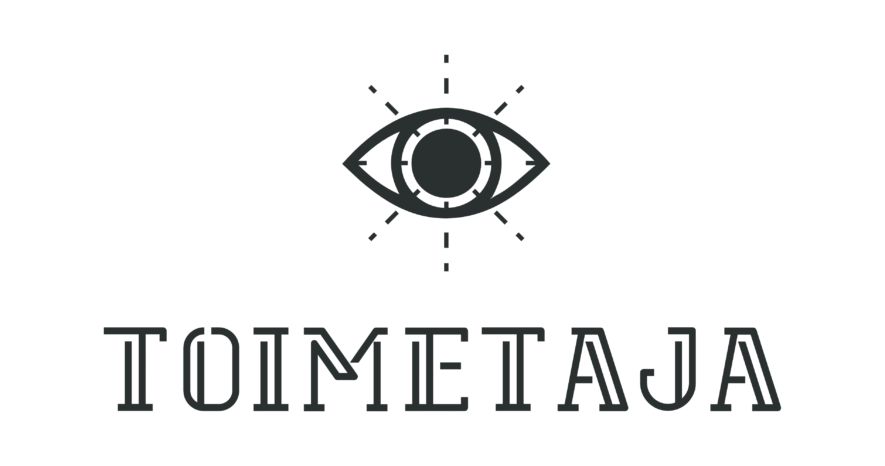
Individualistic brands
Individualistic brands speak of autonomy, independence, development and self-awareness. Brands of this group are characterised by activity, tolerance, privacy, recognising originality, encouraging the freedom of speech, thought and action and many other Western values. This group contains the archetypes of the Innocent, the Explorer and the Sage.
The customer of an individualistic brand is modern, optimistic and active. They are interested in blogs and the brand’s social media presence and will happily take part in brand events. They are idiosyncratic and choose brands based on their idiosyncrasies.
Although the customer of an individualistic brand is free in their decisions when it comes to purchases and will not let themselves be swayed by advertisements, it is highly important to them to see brands whose values coincide with their own. They keep themselves up to date on everything their favourite brands are doing and sponsoring the right artists, launching responsible initiatives, creating original social media content, etc. can win them over for life. Making the wrong choices in such areas, however, is guaranteed to drive them away for good.
Individualistic copywriting style: the Innocent archetype
Innocent archetype brands espouse freedom, happiness, optimism, honesty and enthusiasm. Customers of such brands prefer a direct style without puns and witticisms, as well as a positive tone. They reject communicational styles that are convoluted or employ guilt appeal. Innocent archetype brands promise customers purity, simplicity and reliability. The visual language of such brands uses light colours, natural and clear photos or simple drawings.
Marketing language example: Puhas Loodus
A good example of an Innocent archetype brand in Estonia is Puhas Loodus: “The central components of the Puhas Loodus product line are carefully selected medicinal plants (the best proven effects come from local medicinal plants: chamomile, nettle, sea-buckthorn, hop, juniper, rose hip, marigold, etc.) and other natural health-promoting substances (honey and the related useful substances). The lead developer of these products is NATURE herself.” The packaging for the product line is also natural, bright and clean.
AndMore Fashionstore brand
Another example of an Innocent archetype brand is the AndMore Fashionstore online store, launched in 2014, which combines products from Monton, Mosaic, Ivo Nikkolo, Baltman and Bastion and is owned by Baltika. Its images and texts are bright, full of positivity, optimism and joy. The user interface is truly modern, simple and convenient. The lookbook is natural and clear, while photos are clean and light. Sentences are short, understandable and built on positive words.
Puhas Loodus product packaging
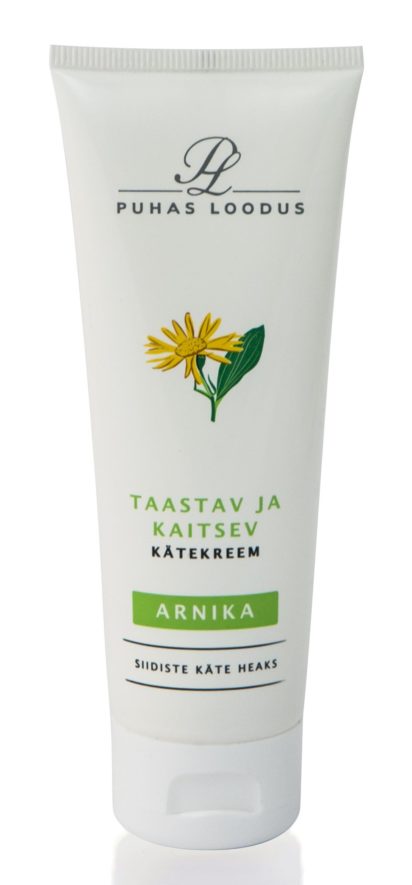
Individualistic copywriting style: the Explorer archetype
Explorer archetype brands express the desire for adventure, for discovering the world and thereby learning to know oneself better. Such brands are characterised by independence, ambition and spirituality. Explorer brands are the brands of choice of customers who value freedom and self-discovery. They are generally not drawn to domestically centered marketing language, looking instead for views into the wider world – they can be reached through ads that depict faraway lands or venturing into the unknown. Explorer archetype brands promise freedom and new experiences.
Copywriting example: Estravel
A good example of an Explorer brand is the Estravel travel agency. In the description of each of their travel packages, Estravel promises new discoveries that take travellers one step closer to understanding the world. “Discover your world! Enter one or more parameters and find trips that interest you at a suitable time and within a reasonable budget,” claim Estravel on their homepage. Argentina is described as follows on their Estonian language website: “Discover Argentina – flights as far as to the edge of the world”, while Estravel’s ad on Cuba reads: “In the unique and vibrant world of Cuba you can experience incredible colours, tastes and scents at every step of the way. Sleep is not an option on this island in the sun – the rhythms of salsa music will keep you awake until morning.“
Copywriting example: AHHAA
Estonian Science Centre AHHAA can also be described as an Explorer brand, but instead of the discovery of new locations, they offer new experiences, stating on their website: “The mission of Science Centre AHHAA is to shape the knowledge-based mindset through ‘Aha’ experiences. What we mean by ‘Aha’ experiences is experimenting and discovering independently and the use of a ´hands-on´ approach. The three basic values of AHHAA are knowledgeability, professionalism and friendliness. We value education, and are a reliable and top-quality partner and we’re always open to new ideas.”
Individualistic copywriting style: the Sage archetype
The archetype of the Sage is sometimes also known as the Scholar or the Thinker. Brands of the Sage archetype are characterised by curiosity, openness and a desire to learn from every experience. Such brands use more complicated language and intellectual humour. Customers of Sage brands place a high value on knowledge and are constantly looking for new information. They love educational blogs, science-based articles and infographics that make them see the world in a new light.
Testlio brand
One example of a brand using the Sage archetype is Testlio. In addition to a comprehensive blog, Testlio’s website includes a collection of web seminars and e-books. Outside of communication materials, the central concept of the Sage archetype – curiosity – can be found in Testlio’s main functionality, which is mobile application testing.
Copywriting example: Geenius
Another example of a Sage brand is Estonian digital news portal Geenius, whose Estonian language website reads as follows: “Geenius provides readers with daily tech-related news, tests and tips in plain language. Geenius is not aimed solely at specialists, but at anyone interested in these topics who wants to keep up with the latest developments in the world of technology.” Geenius’ news articles are characterised by intellectual humour, interesting facts and complicated subjects presented in a simple manner.
Collectivistic brands
On the other side of the spectrum from individualistic brands stand collectivistic brands, whose keywords are community and a sense of unity. Collectivistic brands are characterised by friendliness, warmth, sharing, caring and making others happy. The values of such brands typically coincide with Eastern cultures. This group contains the archetypes of the Lover, the Jester and the Everyman.
Collectivistic brands are the brands of choice of customers whose most precious thing in life is their family or their friends, classmates or colleagues.
The customer of a collectivistic brand lives with their parents or children, and is often a university student or an office worker. They spend their vacations in places their friends have visited, because they value their friends’ recommendations. They watch the same TV shows as everyone else, so they can join in on the discussion the next day. The choose their lunch place, clothes, car and even the location of their home according to the preferences of the majority, because if everyone is doing it, it must be the best choice. They watch commercials, read the papers, listen to the radio and use social media. The customer of a collectivistic brand makes their purchases based on advertisements, whatever is trending on social media and what their companions are doing.
Collectivistic copywriting style: the Lover archetype
Lover archetype brands speak about the search for pleasure and loving company in relationships, at work and in one’s surroundings. These brands are passionate, glamorous, attractive and sensual. They are the brands of choice of customers who care most about the aesthetics of a product. Brands that use the Lover archetype also tend to signal that preferring their brand will make the user more attractive to others. The marketing language of such brands is focused on what the product feels like or how it makes the user feel, and a low price is almost never a selling point.
A good example of a Lover archetype brand is JOIK cosmetics, whose website reads as follows: “Our philosophy is that a cosmetic product should be effective, honest, and as natural as possible and also offer pleasant emotions. /…/ We believe that along with skincare benefits the products should also pamper the senses and everyday beauty routine should be a moment of indulgence. We pay high attention to the design and aesthetics for our products – nice packaging and pleasant aromas are always an essential part of JOIK products, proving that natural can also be luxurious.”
Romantic zefir cakes
Here is another interesting example from Estonia of products based on the Lover archetype: romantic zefir cakes. Many marketers would never be able to generate a following of nearly 20,000 Facebook fans, even with a much bigger budget. Despite the fact that the copywriting style and marketing language for the zefir cakes are neutral on their Estonian language website, every zefir cake radiates love, pleasure, glamour and aesthetics.
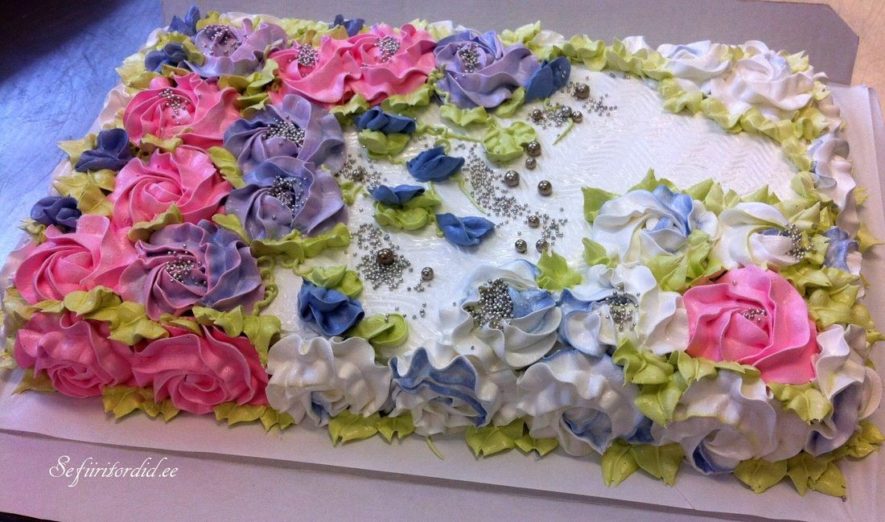
Collectivistic copywriting style: the Jester archetype
Jester archetype brands speak about living in the moment, enjoying life and avoiding boredom. Such brands can be described as jovial, carefree and original. The customers of Jester brands are bored to tears by traditional ads, but absolutely love unconventional visuals and witty puns. Jester archetype brands are always cracking jokes and teasing their audience, and are often targeted at a younger demographic that appreciates good entertainment.
Character example: Salme Jumps
A good example of a brand employing the Jester archetype is the Salme Jumps line of cream and yoghurt ice creams from Balbiino: “The pun in the name is what inspired Balbiino to bring to life the character of Salme Jumps, who is an ice cream maker, whose endeavours often include a bit of harmless mischief. Salme is a cheerful, sprightly and lively old lady, the likes of which can be found all across Estonia.” Although the pun is fun only for Estonians, the TV commercial represents Jester as well.
Salme Jumps commercial
Copywriting example: Circle K
The Jester archetype is also used by the convenience store chain Circle K, whose advertisements, which are teeming with double entendres, are aimed at a more mature audience, combining promotional photos with marketing messages which translate roughly as: “My carnal desire for you, my beloved jalapeno & cheese sausage is overwhelming. You’re meaty inside, hot and crisp, and it drives me crazy, making my mouth water. I still remember our breakfast date and I can’t wait to see you again at Circle K this evening. – Meat-lover from Viljandi”.
Collectivistic copywriting style: the Everyman archetype
Everyman archetype brands are centred on creating a sense of unity. Such brands are characterised by friendliness, empathy and reliability. The customers of Everyman archetype brands value quality and the peace of mind offered by quality products. Their marketing language avoids making promises that cannot be fulfilled and is honest, down to earth, fair and realistic.
Copywriting example: Prisma
One example of an Everyman archetype brand is Prisma Peremarket, who – on their Estonian website – make a friendly promise of giving customers one less thing to worry about: “Prisma’s stores are unlike any other Estonian retail stores. Our goal is to make our customers’ lives as easy as possible. We know that all of us have much to do and think about. Shopping is just another routine chore. Prisma’s website, logical product placement, short queues, large selection, wide aisles, excellent service and many other features help make this daily routine easier and worry-free. We wish for Prisma’s customers to have one less thing to worry about!”
Copywriting example: Kohvisemu
Another example of an Everyman brand is Kohvisemu (Coffee Mate), who invites all coffee-lovers for a good cup of coffee in friendly company on their Estonian language website: “We love good coffee, we are constantly looking for new ways to make a delicious cup of coffee and we wish to share our passion and knowledge with you! The main reason is that we just love coffee. We really do. At our head office, we go through 50 cups of espresso daily, plus another 100 cups in our outlet stores. We offer our cherished customers hundreds of lattes, cappuccinos and black coffees every day. Thanks to this, we know a whole lot about the different types of coffee, coffee machines and every related to coffee. However, knowledge is worthless if it goes unshared, which is why we wish to share good tips and information, so that our knowledge could help you make the most of the time you spend with coffee.” Kohvisemu’s logo, too, is a friendly smile.
Choosing a copywriting style
The style of copywriting that best suits your brand can be determined on the basis of the nature of your product or service, its competitive advantages and selling points. Another thing to consider is the profile and preferences of the customer of your product or service. One simple way to design your brand and establish its values is to use the archetypes method described above. Although many brands are a mix of multiple archetypes, establishing a dominant archetype for your brand can help target your products or services at the right audience. This, in turn, helps create a stronger brand, and the stronger the brand, the less your company has to worry about various threats in the market. Transly Translation Agency can help you analyse your brand as well as determine the most suitable copywriting style for your business. We also provide texts and translations that are aligned with your brand’s values.
Check out these other posts from our blog

Edited translation or unedited translation – that is the question

Export to Europe – guide to entering the European market
